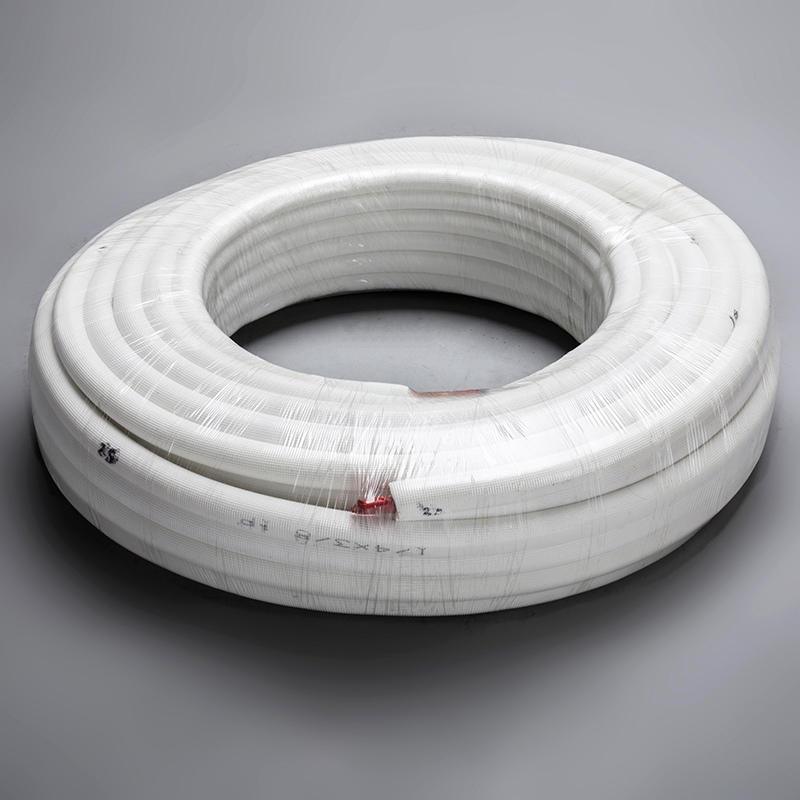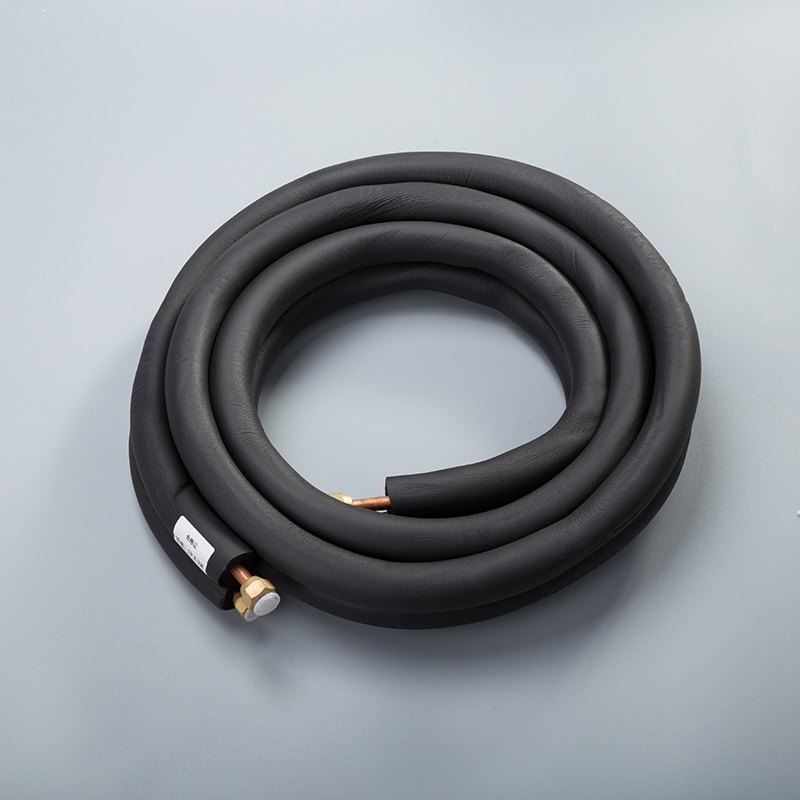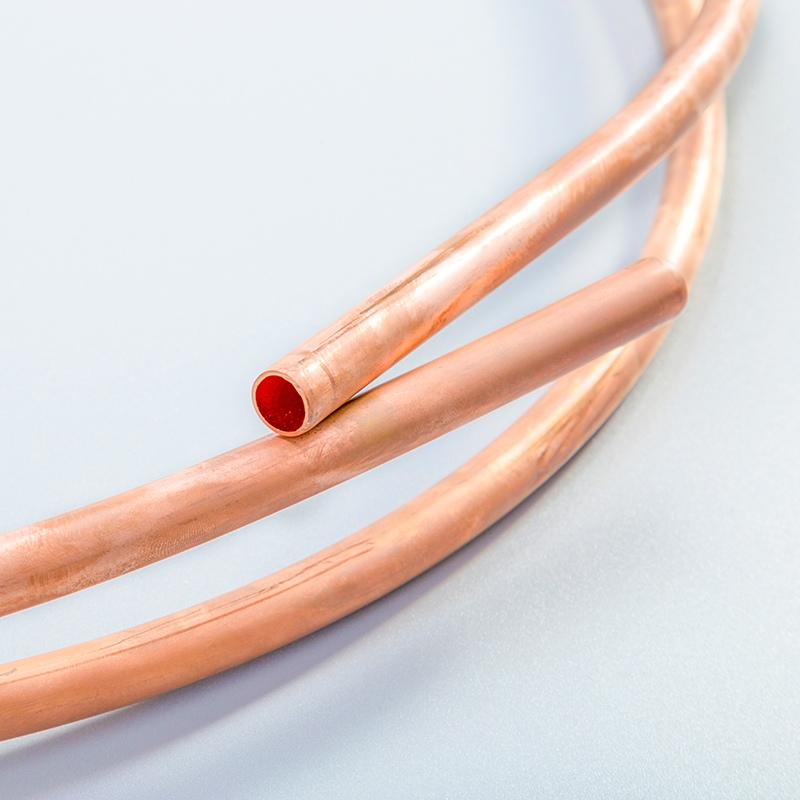Common Problems with Compression Fittings on Copper Pipes

Write a 'What' blog post on 'What are the common problems with compression fittings on copper pipes'
Compression fittings play a vital role in plumbing systems, offering versatility and reliability. These fittings are favored for their ability to connect metallic and hard plastic tubing seamlessly. With high pressure and temperature ratings, compression fittings ensure durability in various applications. They provide corrosion resistance and ease of connection, making them a popular choice across industries. Understanding what are the common problems with compression fittings on copper pipes is crucial for maintaining efficient plumbing systems.
Understanding Compression Fittings

What are Compression Fittings?
Definition and Components
Compression fittings are essential components used in plumbing systems to connect tubes or pipes securely.
These fittings typically consist of a compression nut or screw, one or more ferrules, and a compression fitting body.
The ferrule plays a crucial role in creating a leak-tight seal when the nut is tightened, ensuring a secure connection.
Common Uses in Plumbing
Compression fittings find widespread application in joining copper pipes due to their versatility and reliability.
They are commonly used for connecting fixtures like faucets, toilets, and water heaters in residential plumbing systems.
In industrial settings, compression fittings are favored for their ability to withstand high pressure and temperature environments.
Common Problems with Compression Fittings

Leaks
Causes of Leaks
Improper installation techniques, such as inadequate tightening of compression fittings, can lead to leaks.
Over-tightening the compression nut may deform the ring, causing it to compress the tubing excessively.
Corrosion on the copper pipes or fittings can also result in leakages over time.
How to Identify Leaks
Look for visible signs of water around the connection points of compression fittings.
Check for dampness or water stains on walls or ceilings near the plumbing fixtures.
Use a piece of tissue paper to detect any moisture along the joints of the copper pipes.
Loose Fittings
Reasons for Loose Fittings
Inadequate tightening during installation is a common reason for loose compression fittings.
Vibration from nearby machinery or fixtures can gradually loosen the connections over time.
Poor quality materials or worn-out components may not provide a secure fit, leading to loose fittings.
Signs of Loose Fittings
Noticeable movement or wobbling at the connection points of compression fittings.
Slight hissing sounds coming from the joints due to air escaping from loose connections.
Water seepage around the fitting area without visible signs of damage can indicate loose fittings.
Over-tightening
Consequences of Over-tightening
Excessive force applied when tightening compression fittings can cause deformation and damage to components.
Over-tightening may result in cracks on the tubing, leading to potential leaks and system failures.
The ferrule could get crushed under extreme pressure, compromising its sealing capability.
How to Avoid Over-tightening
Use Proper Tools: Ensure you use appropriate tools like wrenches designed for compression fittings.
Follow Manufacturer Guidelines: Adhere to recommended torque values provided by the fitting manufacturer.
Perform Test Runs: Conduct pressure tests after installation to verify secure connections without over-tightening.
Corrosion
Factors Leading to Corrosion
Metal Interaction: When copper pipes come into contact with certain metals, such as steel or iron, it can lead to galvanic corrosion due to the varying electrical potentials between the metals.
Chemical Exposure: Exposure to harsh chemicals in the water supply, like chlorine or acidic solutions, can accelerate the corrosion process of copper pipes over time.
Moisture and Oxygen: The presence of moisture and oxygen in the environment can trigger oxidation reactions on the surface of copper pipes, leading to corrosion.
Preventive Measures
Proper Insulation: Insulate copper pipes from direct contact with dissimilar metals to prevent galvanic corrosion.
Water Quality Testing: Regularly test the water quality to identify any corrosive elements that may affect copper pipes.
pH Monitoring: Monitor the pH levels of water in plumbing systems and adjust if necessary to maintain a neutral pH that reduces corrosion risk.
Coating Application: Apply protective coatings on copper pipes to shield them from chemical exposure and reduce oxidation effects.
Regular Maintenance: Conduct routine inspections and maintenance checks on copper pipes to detect early signs of corrosion and address them promptly.
Use Corrosion-Resistant Materials: Opt for high-quality materials that are resistant to corrosion when installing new plumbing systems or replacing components.
Avoid Abrasive Cleaning Agents: Refrain from using abrasive cleaners or harsh chemicals that can accelerate the corrosion process in copper pipes.
Proper Ventilation: Ensure proper ventilation in areas where copper pipes are installed to minimize moisture accumulation and reduce oxidation risks.
Solutions and Preventive Measures
Proper Installation Techniques
Compression fittings' performance with copper pipes is influenced by various factors, including fitting and ferrule design, tubing selection, and installation procedure. To ensure optimal functionality and prevent common problems, it is essential to follow proper installation techniques.
Step-by-Step Guide
Selecting the Right Fittings: Begin by choosing high-quality compression fittings that are compatible with copper pipes.
Preparing the Pipes: Cut the copper pipe cleanly and ensure it is free of any debris or rough edges.
Ferrule Placement: Slide the ferrule onto the pipe with the tapered end facing towards the fitting.
Tightening Process: Hand-tighten the nut first, then use a wrench to secure it snugly without over-tightening.
Testing for Leaks: Conduct a pressure test after installation to check for any leaks or loose connections.
Common Mistakes to Avoid
Underestimating Tightness: Inadequate tightening can lead to leaks, while excessive force can damage components.
Ignoring Manufacturer Guidelines: Always follow the torque values recommended by the fitting manufacturer for proper installation.
Skipping Inspection: Regularly inspect compression fittings for signs of wear or corrosion to prevent future issues.
Regular Maintenance
Proper maintenance practices are key to extending the lifespan of compression fittings on copper pipes. By incorporating regular maintenance into your plumbing routine, you can address potential problems early on and ensure efficient system operation.
Inspection Tips
Visual Checks: Look for any visible signs of corrosion, leaks, or loose fittings around compression joints.
Pressure Testing: Periodically conduct pressure tests to verify the integrity of connections and seals.
Cleaning Routine: Keep compression fittings clean from debris or mineral buildup that could affect their performance.
Maintenance Schedule
Monthly Inspections: Check compression fittings monthly for any noticeable issues or changes in performance.
Biannual Pressure Tests: Conduct pressure tests every six months to detect leaks or weaknesses in the system.
Annual Overhaul: Consider a comprehensive inspection by a professional plumber once a year to assess overall system health.
Choosing Quality Materials
The longevity and reliability of compression fittings heavily rely on using high-quality materials that are specifically designed for copper pipes. Selecting reputable brands and products ensures compatibility and durability in plumbing systems.
Importance of Material Quality
Opting for premium materials guarantees better resistance against corrosion, wear, and pressure fluctuations, enhancing the overall performance of compression fittings.
Recommended Brands and Products
XYZ Plumbing Supplies: Known for their range of durable compression fittings suitable for various applications.
ABC Pipe Solutions: Offers high-quality ferrules and nuts designed specifically for copper pipes.
Practical Advice for Homeowners
When to Call a Professional
Recognize the complexity of plumbing issues that surpass basic DIY skills.
Identify situations involving intricate pipe configurations or hidden leaks.
Consider seeking expert help for major system overhauls or extensive repairs.
Situations Requiring Expert Help
Complex Installations: Installing new plumbing lines in intricate spaces.
Hidden Leaks: Detecting and repairing leaks concealed within walls or underground.
Extensive Repairs: Overhauling large sections of the plumbing system due to damage.
How to Choose a Reliable Plumber
Research local plumbers with positive reviews and certifications.
Request references from previous clients to assess the plumber's work quality.
Inquire about warranties offered on services and parts for added assurance.
Tips for Selecting a Trustworthy Plumber
Credentials Check: Verify licenses, insurance, and certifications of the plumber.
Transparent Communication: Ensure clear communication regarding costs and timelines.
Service Guarantees: Opt for plumbers offering service warranties for their workmanship.
DIY Tips for Minor Issues
Address minor leaks, loose fittings, or small repairs independently.
Equip yourself with essential tools to handle common plumbing tasks effectively.
Save time and money by resolving minor issues promptly without professional assistance.
Tools Needed
Adjustable Wrench: For tightening or loosening compression fittings securely.
Pipe Cutter: To cut copper pipes cleanly before installing compression fittings.
Teflon Tape: Use to seal threaded connections and prevent leaks effectively.
Simple Fixes You Can Do Yourself
Fixing Minor Leaks: Tighten loose compression fittings using an adjustable wrench.
Securing Loose Fittings: Re-tighten connections experiencing slight wobbling with care.
Replacing Seals: Swap worn-out ferrules with new ones to restore leak-tight seals efficiently.
Summarize the key issues faced with compression fittings on copper pipes.
Highlight the significance of correct setup and regular upkeep.
Recommend consulting professionals for intricate plumbing concerns.
Conclude by stressing the necessity of maintaining copper pipe systems for long-lasting performance.
See Also
Simple Guide for Installing Compression Fittings on Bent Copper Pipes
Key Advice for Utilizing 1/4 Copper Pipe Fittings
Quick Fixes for Copper Pipe Coils
Key Strategies for Handling Non-Standard 1/2' Copper Pipes
Becoming Proficient in Copper Pipe Fittings: An In-Depth Manual


